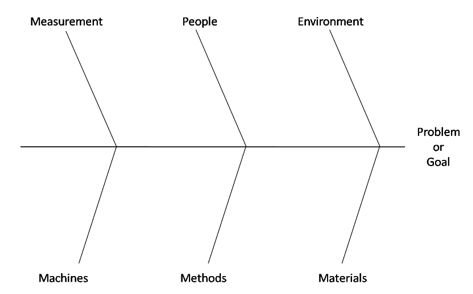METACOGNITION IS ‘THINKING ABOUT THINKING’.
It is the ability step out of one’s own mind and examine how we learn.
Metacognition’s mantra is perhaps most succinctly stated by the Modern Philosopher Descartes almost 500 years ago in the year of 1637:
Cogito Ergo Sum: I think therefore I am.
In education we could add one word to Descartes’ seminal statement:
Cogito Ergo Sum Discite: I think therefore I learn
This might seem redundant, of course thinking leads to learning we might say to ourselves.
Yet, in many traditional/didactic/teacher-centered educational settings where pedagogy is rote and based on memorization, thinking is not necessarily considered essential to learning.
One G11/G12 subject that relies heavily on epistemology is an integral piece of the IB (International Baccalaureate) program: TOK (Theory of Knowledge).
Here is a link to an article by IBO entitled: What is TOK?
TOK encourages students to reflect on the nature of knowledge. For many students this course is the first time they may consider such existential questions as: ‘How do I know if I exist?’, ‘How do we prove God exists?’.
TOK strives to interconnect all disciplines via AOKs (Areas of Knowledge) and WOKs (Ways of Knowing) leading to a transfer of skills via student-centered interdisciplinary approach to learning.
Here is a link to a video that further explains TOK:
As stated in the video above: ‘With so many bogus claims and fake news, TOK might be the most important course”
Detractors to TOK might ask:
- How does this relate to my career path in what I consider to be a non-subjective discipline (Math, Engineering etc.).?
A potential answer could be that no knowledge is objective or factual or a priori, not even mathematical ‘truths’ as they are human constructs which are intrinsically limited to human experience.
This is an example of a question that would lead to a heated, student-led debate in a well- run TOK classroom.
A good resource for managing asynchronous virtual debates in these COVID-19 times where most TOK classes are not meeting in person is: Kialo.
Marketable outcomes for learners in effective TOK classrooms are an increase in critical thinking, adaptability, empathy + creativity: soft skills that are in high demand in today’s job market.
References:
What is TOK? Retrieved from: https://www.ibo.org/programmes/diploma-programme/curriculum/theory-of-knowledge/what-is-tok/
What is TOK? Retrieved from: https://www.youtube.com/watch?v=0jql5VAZrBs
